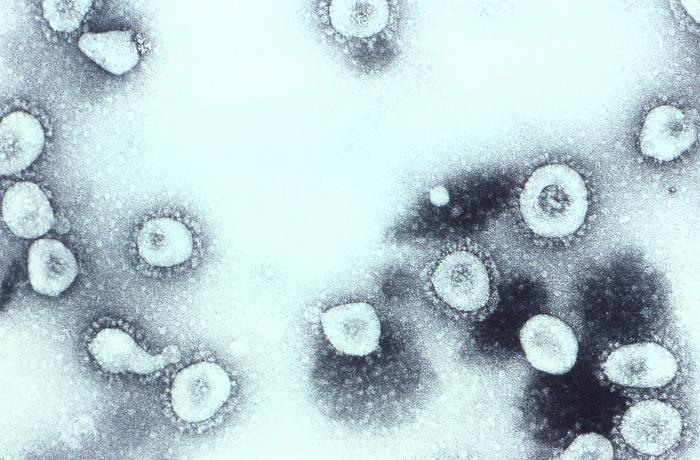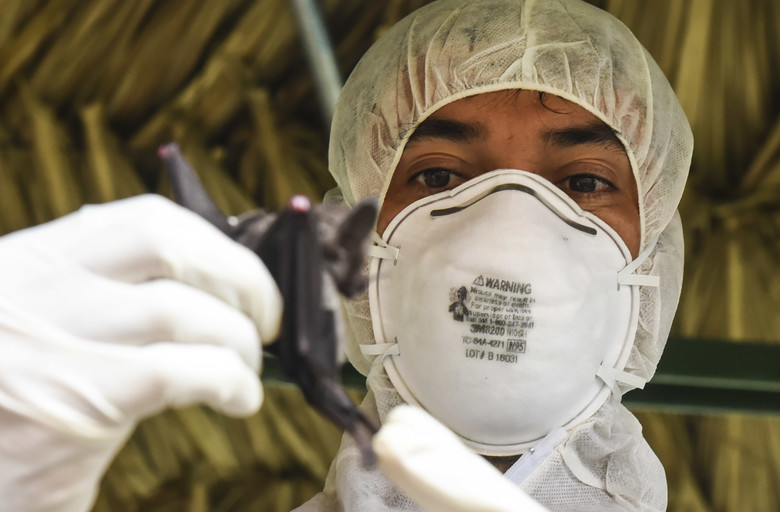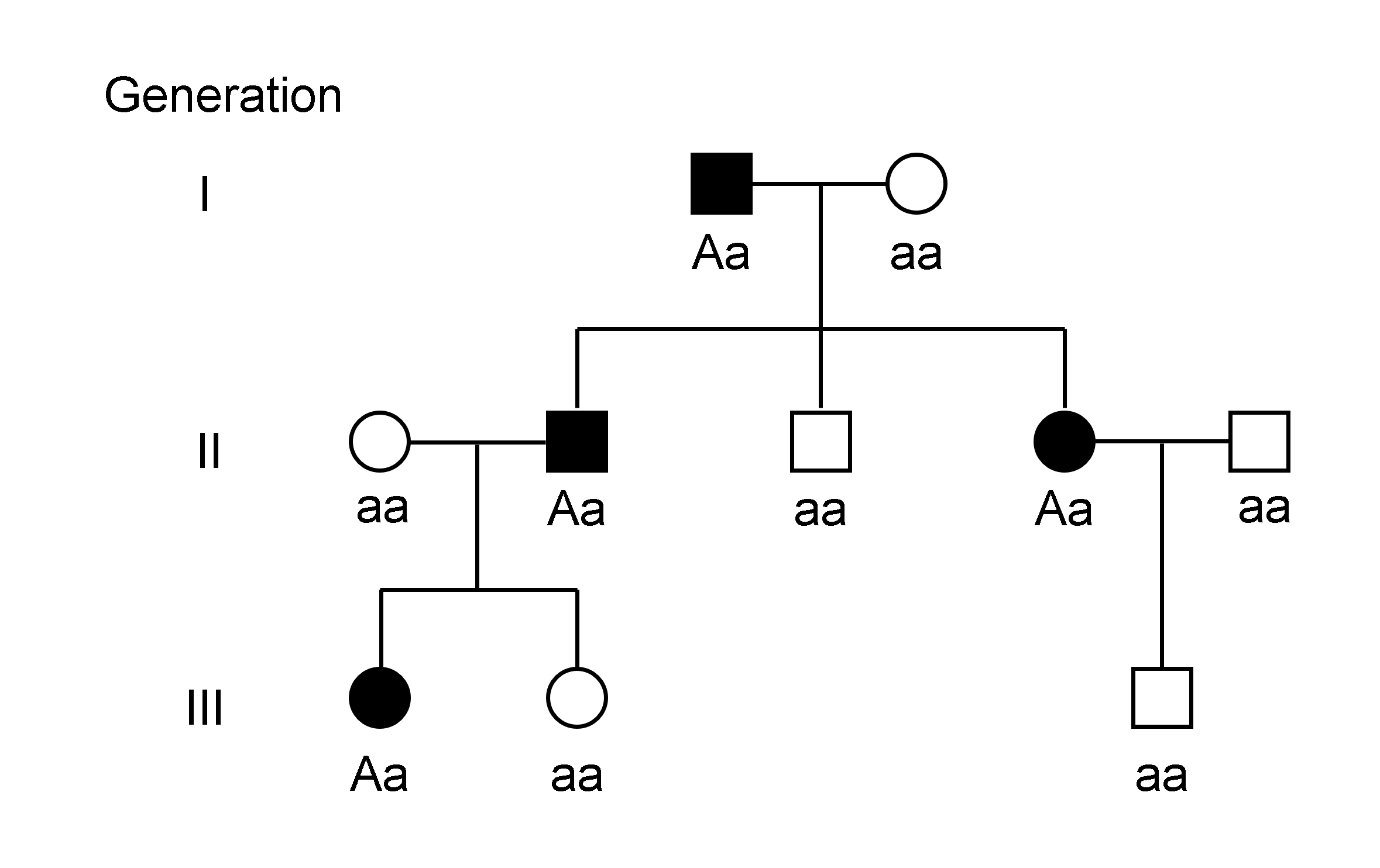|
HCoV-EMC 2012
MERS coronavirus EMC/2012 (MERS coronavirus Erasmus Medical Center/2012) is a strain of coronavirus isolated from the sputum of the first person to become infected with what was later named ''Middle East respiratory syndrome–related coronavirus'' (''MERS-CoV''), a virus that causes Middle East respiratory syndrome (MERS). Natural reservoir An investigation of bat roosts in Bisha, the hometown of the index patient, by the Saudi Ministry of Health discovered an Egyptian tomb bat in a large roost close to the index patient's home. Phylogenetic analysis showed a 100% match between the virus isolated from the bat and MERS coronavirus EMC/2012 isolated from the index patient. Virology MERS coronavirus EMC/2012 is the sixth coronavirus known to infect humans and the first human virus within betacoronavirus lineage C. It is a new genotype which is related to bat coronaviruses, specifically an Egyptian tomb bat, and is not the same beta-CoV as the SARS-CoV, but is distantly relate ... [...More Info...] [...Related Items...] OR: [Wikipedia] [Google] [Baidu] |
Strain (biology)
In biology, a strain is a genetic variant, a subtype or a culture within a biological species. Strains are often seen as inherently artificial concepts, characterized by a specific intent for genetic isolation. This is most easily observed in microbiology where strains are derived from a single cell colony and are typically quarantined by the physical constraints of a Petri dish. Strains are also commonly referred to within virology, botany, and with rodents used in experimental studies. Microbiology and virology It has been said that "there is no universally accepted definition for the terms 'strain', ' variant', and 'isolate' in the virology community, and most virologists simply copy the usage of terms from others". A strain is a genetic variant or subtype of a microorganism (e.g., a virus, bacterium or fungus). For example, a "flu strain" is a certain biological form of the influenza or "flu" virus. These flu strains are characterized by their differing isoforms of surf ... [...More Info...] [...Related Items...] OR: [Wikipedia] [Google] [Baidu] |
Coronaviruses
Coronaviruses are a group of related RNA viruses that cause diseases in mammals and birds. In humans and birds, they cause respiratory tract infections that can range from mild to lethal. Mild illnesses in humans include some cases of the common cold (which is also caused by other viruses, predominantly rhinoviruses), while more lethal varieties can cause SARS, MERS and COVID-19, which is causing the ongoing pandemic. In cows and pigs they cause diarrhea, while in mice they cause hepatitis and encephalomyelitis. Coronaviruses constitute the subfamily ''Orthocoronavirinae'', in the family ''Coronaviridae'', order ''Nidovirales'' and realm ''Riboviria''. They are enveloped viruses with a positive-sense single-stranded RNA genome and a nucleocapsid of helical symmetry. The genome size of coronaviruses ranges from approximately 26 to 32 kilobases, one of the largest among RNA viruses. They have characteristic club-shaped spikes that project from their surface, which in electron m ... [...More Info...] [...Related Items...] OR: [Wikipedia] [Google] [Baidu] |
Viral Respiratory Tract Infections
Viral means "relating to viruses" (small infectious agents). Viral may also refer to: Viral behavior, or virality Memetic behavior likened that of a virus, for example: * Viral marketing, the use of existing social networks to spread a marketing message * Viral phenomenon, relating to contagion theory or the "virality" of network culture, such as a meme * Viral video, a video that quickly attains a high popularity Titled works * ''Viral'' (2016 American film), a 2016 American science fiction horror drama * ''Viral'' (2016 Hindi film), an Indian Bollywood film based on social media * ''Viral'' (web series), a 2014 Brazilian comedy web series * '' V/H/S: Viral'', an American anthology horror film * '' Viral: The Search for the Origin of COVID-19'', a book by Alina Chand and Matt Ridley See also * ''Virals'', a novel series by Kathy Reichs * Virulence Virulence is a pathogen's or microorganism's ability to cause damage to a host. In most, especially in animal system ... [...More Info...] [...Related Items...] OR: [Wikipedia] [Google] [Baidu] |
Health In Saudi Arabia
Health in Saudi Arabia refers to the overall health of the population of Saudi Arabia. Government prioritization of preventive healthcare and environmental health began in 1925 following the establishment a public health department. The decision to create it came after a royal decree from King Abdul Aziz Al-Saud. The government announced plans to increase taxes on soft drinks and tobacco in December 2015. Obesity Across the whole population from 1995–2000, 36.9% were overweight and 35.6% were obese. Rates were high amongst children aged 5–17, as 16.7% of boys and 19.4% of girls were overweight. By 2006, 52% of men, 66% of women, 18% of teenagers, and 15% of preschoolers were overweight or obese. In 2008, 17.99% of deaths were caused by cardiovascular disease. During this year, 95% of the 424,968 total appointments to diabetics clinics were made for Saudi citizens. 55% of these diabetic citizens were women and 44% were men. The latest national prevalence for childhood obesit ... [...More Info...] [...Related Items...] OR: [Wikipedia] [Google] [Baidu] |
Death In Saudi Arabia
Death is the Irreversible process, irreversible cessation of all biological process, biological functions that sustain an organism. For organisms with a brain, death can also be defined as the irreversible cessation of functioning of the whole brain, including brainstem, and brain death is sometimes used as a legal definition of death. The remains of a former organism normally begin to Decomposition, decompose shortly after death. Death is an inevitable process that eventually occurs in Biological immortality, almost all organisms. Death is generally applied to whole organisms; the similar process seen in individual components of an organism, such as cells or tissues, is necrosis. Something that is not considered an organism, such as a virus, can be physically destroyed but is not said to die. As of the early 21st century, over 150,000 humans die each day, with ageing being by far the most common cause of death. Many cultures and religions have the idea of an afterlife, and a ... [...More Info...] [...Related Items...] OR: [Wikipedia] [Google] [Baidu] |
2013 In Saudi Arabia ...
The following lists events in 2013 in Saudi Arabia. Incumbents *Monarch: Abdullah *Crown Prince: Salman Events January * 9 January - Despite international protest, Sri-Lankan maid Rizana Nafeek is executed in Saudi Arabia for killing an infant in her care. February March April May June July August September October November December References {{Asia topic, 2013 in Saudi Arabia 2010s in Saudi Arabia Years of the 21st century in Saudi Arabia Saudi Arabia Saudi Arabia, officially the Kingdom of Saudi Arabia (KSA), is a country in Western Asia. It covers the bulk of the Arabian Peninsula, and has a land area of about , making it the List of Asian countries by area, fifth-largest country in Asia ... [...More Info...] [...Related Items...] OR: [Wikipedia] [Google] [Baidu] |
2012 In Saudi Arabia
The following lists events that happened during 2012 in the Kingdom of Saudi Arabia. Incumbents *Monarch: Abdullah *Crown Prince: Nayef (until 16 June), Salman (since 16 June) Events March * March 7 - Sweden is reported to be helping Saudi Arabia construct plans for a weapons factory. References {{Year in Asia, 2012 2010s in Saudi Arabia Saudi Arabia Saudi Arabia Saudi Arabia, officially the Kingdom of Saudi Arabia (KSA), is a country in Western Asia. It covers the bulk of the Arabian Peninsula, and has a land area of about , making it the List of Asian countries by area, fifth-largest country in Asia ... Years of the 21st century in Saudi Arabia ... [...More Info...] [...Related Items...] OR: [Wikipedia] [Google] [Baidu] |
Bat Virome
The bat virome is the group of viruses associated with bats. Bats host a diverse array of viruses, including all seven types described by the Baltimore classification system: (I) double-stranded DNA viruses; (II) single-stranded DNA viruses; (III) double-stranded RNA viruses; (IV) positive-sense single-stranded RNA viruses; (V) negative-sense single-stranded RNA viruses; (VI) positive-sense single-stranded RNA viruses that replicate through a DNA intermediate; and (VII) double-stranded DNA viruses that replicate through a single-stranded RNA intermediate. The greatest share of bat-associated viruses identified as of 2020 are of type IV, in the family '' Coronaviridae''. Bats harbor several viruses that are zoonotic, or capable of infecting humans, and some bat-borne viruses are considered important emerging viruses. These zoonotic viruses include the rabies virus, SARS-CoV, MERS-CoV, Marburg virus, Nipah virus, and Hendra virus. While research clearly indicates tha ... [...More Info...] [...Related Items...] OR: [Wikipedia] [Google] [Baidu] |
Merbecovirus
''Merbecovirus'' is a subgenus of viruses in the genus ''Betacoronavirus'', including the human pathogen Middle East respiratory syndrome–related coronavirus (MERS-CoV). The viruses in this subgenus were previously known as group 2c coronaviruses. Structure The viruses of this subgenus, like other coronaviruses, have a lipid bilayer envelope in which the membrane (M), envelope (E) and spike (S) structural proteins are anchored. See also *''Embecovirus ''Embecovirus'' is a subgenus of coronaviruses in the genus '' Betacoronavirus''. The viruses in this subgenus, unlike other coronaviruses, have a hemagglutinin esterase (HE) gene. The viruses in the subgenus were previously known as group 2a c ...'' (group 2a) *'' Sarbecovirus'' (group 2b) *'' Nobecovirus'' (group 2d) References Virus subgenera Betacoronaviruses {{Virus-stub ... [...More Info...] [...Related Items...] OR: [Wikipedia] [Google] [Baidu] |
Novel Virus
A virus is a submicroscopic infectious agent that replicates only inside the living cells of an organism. Viruses infect all life forms, from animals and plants to microorganisms, including bacteria and archaea. Since Dmitri Ivanovsky's 1892 article describing a non-bacterial pathogen infecting tobacco plants and the discovery of the tobacco mosaic virus by Martinus Beijerinck in 1898,Dimmock p. 4 more than 9,000 virus species have been described in detail of the millions of types of viruses in the environment. Viruses are found in almost every ecosystem on Earth and are the most numerous type of biological entity. The study of viruses is known as virology, a subspeciality of microbiology. When infected, a host cell is often forced to rapidly produce thousands of copies of the original virus. When not inside an infected cell or in the process of infecting a cell, viruses exist in the form of independent particles, or ''virions'', consisting of (i) the genetic material, i.e ... [...More Info...] [...Related Items...] OR: [Wikipedia] [Google] [Baidu] |
SARS-CoV
Severe acute respiratory syndrome coronavirus 1 (SARS-CoV-1; or Severe acute respiratory syndrome coronavirus, SARS-CoV) is a strain of coronavirus that causes severe acute respiratory syndrome (SARS), the respiratory illness responsible for the 2002–2004 SARS outbreak. It is an enveloped, positive-sense, single-stranded RNA virus that infects the epithelial cells within the lungs. The virus enters the host cell by binding to angiotensin-converting enzyme 2. It infects humans, bats, and palm civets. On April 16, 2003, following the outbreak of SARS in Asia and secondary cases elsewhere in the world, the World Health Organization (WHO) issued a press release stating that the coronavirus identified by a number of laboratories was the official cause of SARS. The Centers for Disease Control and Prevention (CDC) in the United States and the National Microbiology Laboratory (NML) in Canada identified the SARS-CoV-1 genome in April 2003. Scientists at Erasmus University in Ro ... [...More Info...] [...Related Items...] OR: [Wikipedia] [Google] [Baidu] |
Genotype
The genotype of an organism is its complete set of genetic material. Genotype can also be used to refer to the alleles or variants an individual carries in a particular gene or genetic location. The number of alleles an individual can have in a specific gene depends on the number of copies of each chromosome found in that species, also referred to as ploidy. In diploid species like humans, two full sets of chromosomes are present, meaning each individual has two alleles for any given gene. If both alleles are the same, the genotype is referred to as Zygosity, homozygous. If the alleles are different, the genotype is referred to as heterozygous. Genotype contributes to phenotype, the observable traits and characteristics in an individual or organism. The degree to which genotype affects phenotype depends on the trait. For example, the petal color in a pea plant is exclusively determined by genotype. The petals can be purple or white depending on the alleles present in the pea plan ... [...More Info...] [...Related Items...] OR: [Wikipedia] [Google] [Baidu] |





